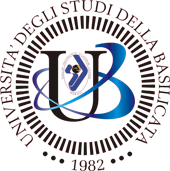
How does a students’ neighborhood look? Visibility and heritage in Casal Bertone (Rome, Italy)
Abstract
This article adopts a mixed ethnographic and architectural urban regeneration perspective to explore how the heritage and visibility of different social groups in Casal Bertone, a neighborhood in Rome, influence power dynamics and the urban configuration. The study describes how the elderly group’s visibility is achieved through an assemblage of symbols, practices, and material elements, such as civic activism, local memories, urban paths, heritage constructions, and architectural styles, creating a meaningful urban environment focused on the legendary railway worker figure. However, preserving this heritage risks rendering university students and their needs invisible. The research indicates that Casal Bertone has undervalued the presence of students by not incorporating distinct architectural features that recognize their importance, relegating them and their public structures to mere logistical consideration. The case of Casal Bertone underscores the necessity to architecturally and rhetorically acknowledge students, fostering their active participation in daily neighborhood life and heritage management. This engagement is crucial for enhancing their visibility, a cornerstone for the political agencies of any social group.
Keywords
Visibility; Public space; Urban Studies; University Students; Heritage
DOI: http://dx.doi.org/10.12835/ve2024.1-149
Refbacks
- There are currently no refbacks.
ISSN Print 2499-9288
ISSN Online 2281-1605
Publisher Edizioni Museo Pasqualino
Patronage University of Basilicata, Italy
Web Salvo Leo
Periodico registrato presso il Tribunale di Palermo con numero di registrazione 1/2023


